I told a bookstore owner in Hoi An that I’m looking for books on Vietnamese culture, and she took me to a section with nothing but titles on the American War. I told her that I’m more interested in traditional Vietnam than the war. She said, “But people only care about the war.” Too bad for them.
Vietnam has one of the most fascinating pasts in Asia. We’ll explore its ancient roots here.
Bronze making cultures appeared in North Vietnam–in the Red and Ma River valleys–a little over 4,000 years ago. They were united in the 7th century BCE by a vibrant culture called the Dong-Son.
The Dong-Son’s ruling class buried a lot of bronze goods in graves–its members were much wealthier than the common farmers. Bronze drums like the one in the above shot are its most famous artifacts.
Whatever kings, lords or priests used them for, their ornate designs show that they were special. The Dong-Son elites had to rule with flash.
They presided over a large area which included mountains to the west and sea to the east. Though they lived in low-elevation rice farming lands, they had to unify many tribes in the mountains who hunted and gathered for livings. Their flamboyance awed a lot of diverse people.
But the Dong-Son culture had to deal with 2 very tough challenges.
1. Their much-prized farmlands around the Red River were in the only lowland corridor between Tibetan highlands and the sea. They thus faced challenges from other people who moved through their turf, and they had to arm themselves well. Axes, daggers, swords, arrowheads, javelin points and crossbow triggers have been found at their sites.
2. Many of northern Vietnam’s plains were swampy, especially those close to the sea. The Dong-Son culture cleared the marshes and constructed irrigation ditches to extend farmlands to grow rice. This was back-breaking work, and it was prone to the river’s floods and storms from the sea.
People in the Dong-Son culture needed a lot of discipline to flourish, but they forged a civilization that lasted for 500 years. They created vast farmlands, their elites lived exuberantly at court, and many relics at Dong-Son sites suggest trade with Austronesian societies out to sea.
But expanding Han China annexed northern Vietnam in 111 BCE. As usual when invaded, the Vietnamese refused to be integrated into the foreigners’ empire. The 2 Trung sisters spearheaded a rebellion among local chiefs. In 43 BCE, troops allied with the Chinese defeated them, and the valiant women committed suicide. The Chinese came in and administered Vietnam as an imperial province. Colonists brought Chinese culture–including the home for the afterlife in the above picture.
But the Dong-Son lived in people’s imaginations as a mythic age. Even today people honor the Trung sisters in temples, and they provided models of iron-hard resistance for soldiers during the 1960’s and 70’s.
The Vietnamese have earned their stripes laboring and fighting for their beautiful land. They can be proud of a heritage that blends their lively ancient culture, more than 1,000 years of Chinese influence and lots of creative fusions over the last 1,000 years. Vietnamese society repays those who study it manifold, so we’ll look at some of these fusions in future posts.

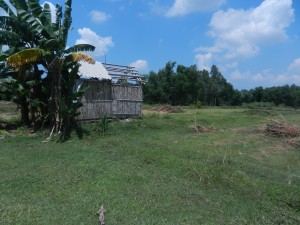
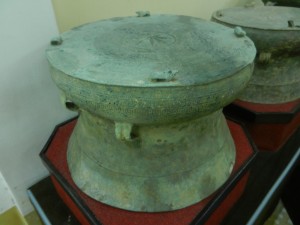
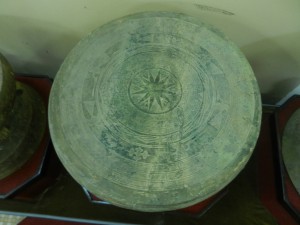
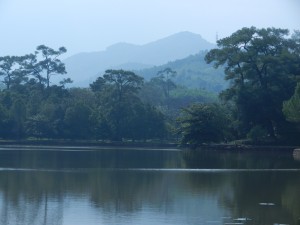
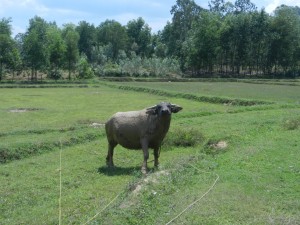
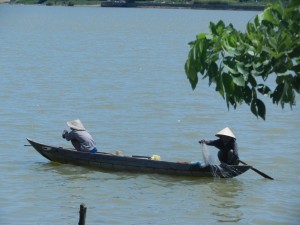
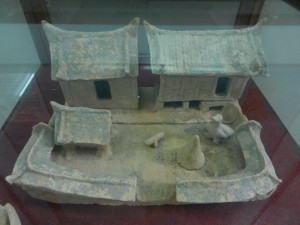
Comments on this entry are closed.